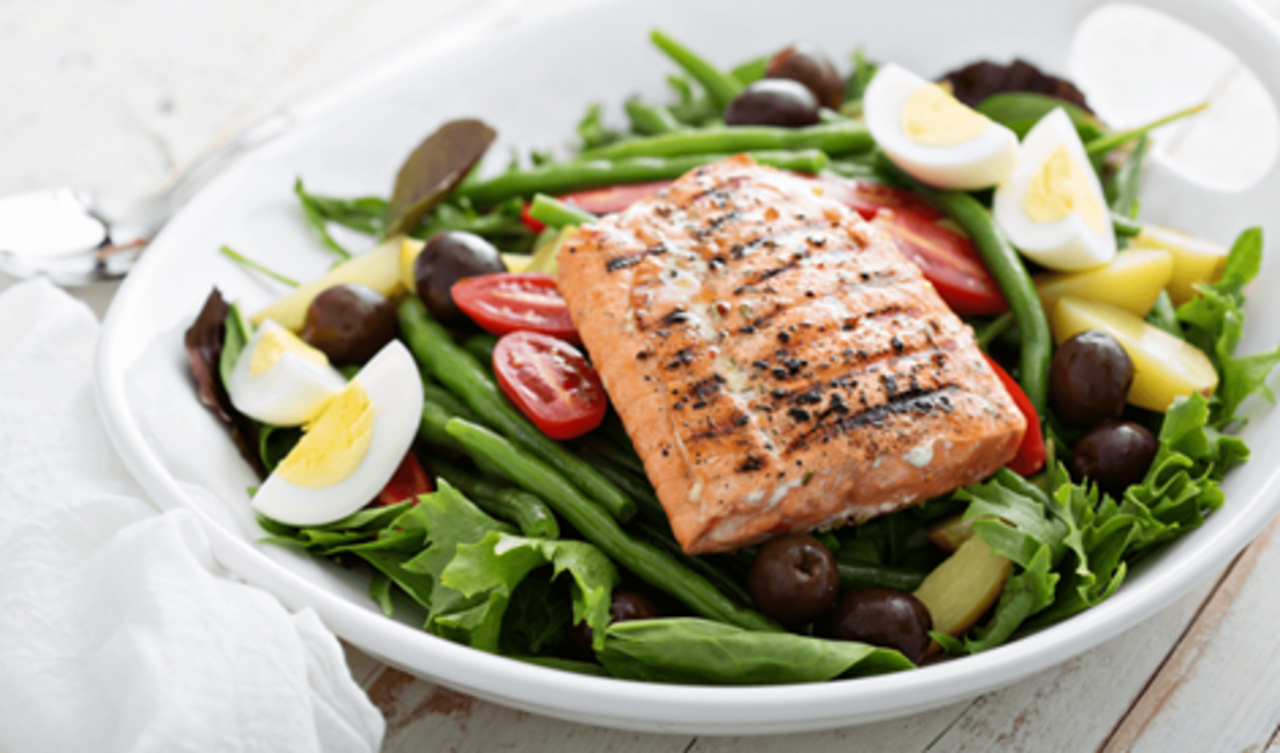HEALTHY EATING
I. The Science of Healthy Eating
Every nutritionist and diet guru talks about what to eat.
Now, the benefits of good nutrition are fairly obvious to most of us. You have more energy, your health improves, and your productivity blossoms. Healthy eating also plays a huge role in maintaining a healthy weight, which means a decreased risk of type 2 diabetes, certain cancers, heart problems, high blood pressure, and a host of other health ailments. (Genetics also plays a significant role)
How to Eat Healthy Without Noticing
Brian Wansink is a professor at Cornell University, and he has completed a variety of studies on how your environment shapes your eating decisions. Many of the ideas below come from his popular book, Mindless Eating (audiobook). Here are some of his best practical strategies for using choice architecture to make healthy eating easier.
1. Use smaller plates. Bigger plates mean bigger portions. And that means you eat more. According to a study conducted by Wansink and his research team, if you made a simple change and served your dinner on 10-inch plates instead of a 12-inch plate, you would eat 22% less food over the course of the next year.
2. Use plates that have a high contrast color with your food. As I mentioned in this article, when the color of your plate matches the color of your food, you naturally serve yourself more because your brain has trouble distinguishing the portion size from the plate. Because of this, dark green and dark blue make great plate colors because they contrast with light foods like pasta and potatoes (which means you’re likely to serve less of them), but don’t contrast very much with leafy greens and vegetables (which means you’re likely to put more of them on your plate).
3. Display healthy foods in a prominent place. For example, you could place a bowl of fruits or nuts near the front door or somewhere else that you pass by before you leave the house. When you’re hungry and in a rush, you are more likely to grab the first thing you see.
4. Wrap unhealthy foods in tin foil. Wrap unhealthy foods in plastic wrap. The old saying, “out of sight, out of mind” turns out to have some truth to it. Eating isn’t just a physical event, but also an emotional one.
What Should I Eat?
As I mentioned at the outset, this is not a guide about what to eat. It's a guide about why we eat the way we do and how to do something about it. That said, I'll offer two suggestions regarding what to put on your plate.
- Eat more greens. There isn't a consensus on the best diet, but pretty much everyone agrees on one thing: eat more veggies. You'll be hard-pressed to find a single diet that doesn't think eating more plants is a good idea.
- Eat a variety of foods. As we covered earlier, the brain craves novelty. While you may not be able to replicate the crunchy/creamy contrast of an Oreo, you can vary your diet enough to keep things interesting. For example, you could dip a carrot (crunchy) in some hummus (creamy) and get a novel sensation. Similarly, finding ways to add new spices and flavors to your dishes can make eating healthy foods a more desirable experience.
Healthy eating doesn’t have to be bland. Mix up your foods to get different sensations and you may find it easier than eating the same foods over and over again.
